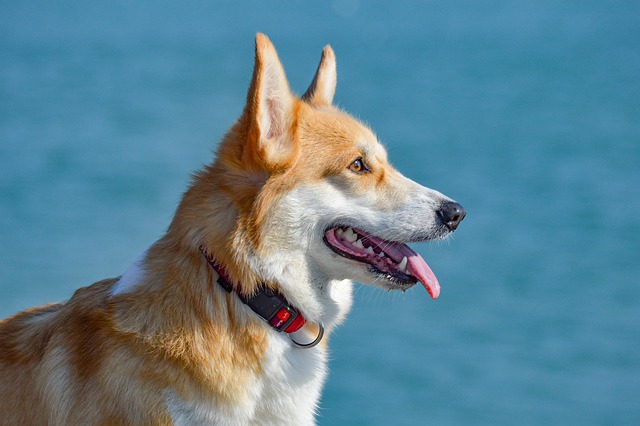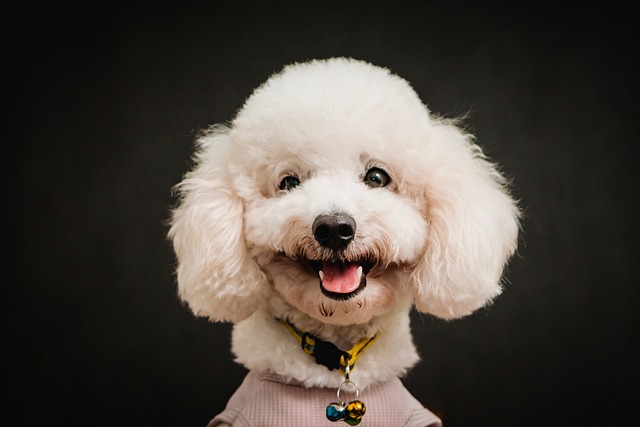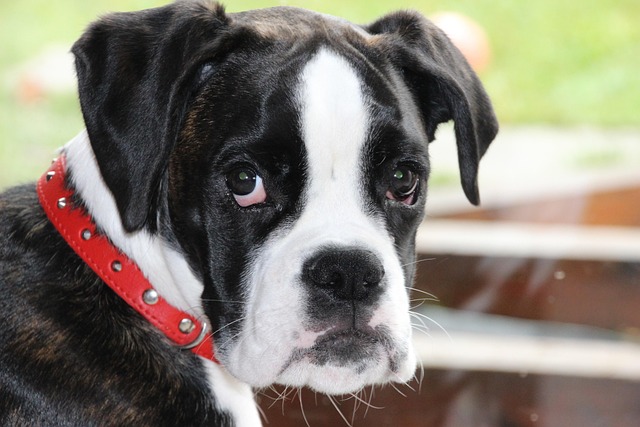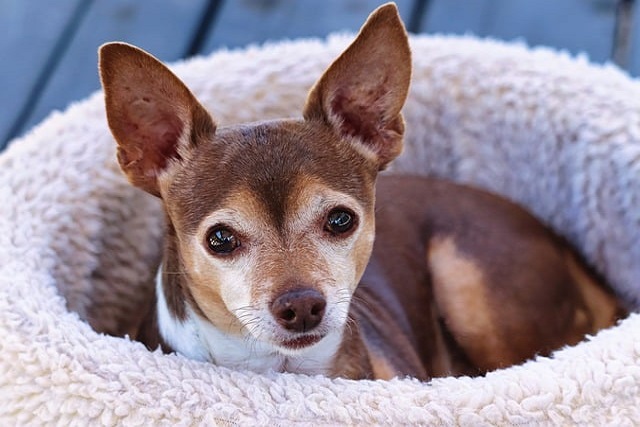
What Are the Methods for Correcting Dog Behavio
Seeing your dog struggle with unwanted behaviors can feel overwhelming. Whether it's excessive barking, jumping on guests, leash reactivity, or anxiety-driven actions,
You've chosen a pup with fire in its eyes and wilderness in its blood – that instinctive drive to hunt is why we love our bird dogs and retrievers. But timing is everything when shaping that raw potential. Get it right, and you'll forge an unbreakable partnership in the field; rush it, and you risk undermining their confidence permanently. So let's cut through the noise: The magic window for serious gun dog training opens around 7 months, but the foundation work starts the moment those wobbly paws step into your world.
Think of it like building a championship athlete. Nobody throws a rookie quarterback into the Super Bowl. From 8 to 16 weeks, your puppy's brain is a hyper-absorbent sponge. This is critical socialization time – not about formal commands, but about positive exposures. Introduce them to varied terrains: let them splash through shallow creeks, crunch autumn leaves underfoot, and navigate light brush. Pair these adventures with joyful experiences. Carry treats when meeting vaccinated dogs, reward calmness during car rides, and make every new human encounter a belly-rub festival. In places like the UK or Germany, remember that leash laws in public spaces are strict; use a long-line on permitted trails to build environmental familiarity safely. A pup scared by traffic or overwhelmed in a busy village square may never develop the steady nerves required for a clean retrieve.
Around 4-6 months, as adult teeth settle in, start laying the foundational obedience that keeps them safe and responsive. "Here," "Stay," and "Leave it" aren't just party tricks – they're lifesavers near roads or when encountering protected wildlife. Use short, upbeat sessions (5-10 minutes max) focused on engagement, not perfection. This is where many well-meaning owners falter. We’ve all seen that eager hunter drilling a young pointer on steadiness for an hour straight, only to watch the pup shut down. If their tail stops wagging, you’ve lost them. Positive reinforcement – a timely treat, a thrown bumper, an enthusiastic "Good dog!" – builds willingness. Force-fetching or harsh corrections on a young dog? That’s a fast track to a hesitant, unreliable partner, and frankly, it raises red flags under modern animal welfare expectations. The American Animal Welfare Act and similar EU directives emphasize stress-free training methods; documented cases of harsh training can even impact kennel licensing.
True specialized hunting training – introducing gunfire, complex retrieves, or steadying to flush – demands physical and mental maturity. Around 7 months, most pups develop the focus needed for structured fieldwork. Start low and slow. First gun exposure? Pair distant, muffled shots (think starting pistol fired behind a hill) with their absolute favorite thing – maybe retrieving a bumper or getting chicken scraps. Gradually decrease distance over weeks. Watch their body language like a hawk; any sign of tension means you’ve moved too fast. For pointing breeds, instinct often kicks in gloriously around 8-10 months. Nurture it! Let them discover planted wings in cover, praising that first flashy point. Retrievers? Build drive with short, fun water retrieves before adding gunfire. Rushing this stage is the single biggest mistake. Forcing a 5-month-old to endure loud gun blasts near a busy duck blind isn’t training – it’s trauma. Seasoned trainers in Minnesota or the Scottish Highlands know: A dog ruined by early gun-shyness may never recover. Patience isn’t just virtue; it’s strategy.
Let’s be brutally honest: There’s no universal expiration date on starting. That leggy German Wirehaired Pointer might need extra months to emotionally mature, while a driven Labrador might show stunning focus early. Health is non-negotiable. Hip dysplasia screening (OFA/PennHIP in the US, BVA/KC schemes in the UK) should inform your training intensity. Pushing a pup with joint issues through relentless drills isn’t just cruel, it could breach duty-of-care provisions under animal protection laws. Regular vet checks are your compass. And temperament? A softer spaniel might thrive with gentle encouragement, while a stubborn hound requires clever motivation. Good trainers read the dog, not the calendar.
The best age is a spectrum, not a deadline. True partnership blooms when you honor the pup’s development timeline. Invest those early months in joyful socialization and rock-solid basics. Wait for that mental switch to flip before diving into advanced gun work. Celebrate small wins. Consult a pro if stuck – ethical trainers now offer force-free programs aligning with evolving welfare norms across the US and Europe. Do this right, and you won’t just have a trained hunting dog. You’ll have a trusted companion whose eager look at dawn says, "Let’s go find those birds together." That bond, forged with patience and respect, is the ultimate trophy.

Seeing your dog struggle with unwanted behaviors can feel overwhelming. Whether it's excessive barking, jumping on guests, leash reactivity, or anxiety-driven actions,

As a Teddy dog owner, the sight of your fluffy, pint-sized companion balancing on their hind legs is undeniably adorable—but teaching them to stand steadily for grooming, vet exams, or bonding requires care for their delicate build.

Ever wished you could tell your dog exactly what they did right, the very instant it happened? That's the magic packed into a simple plastic clicker.

That little plastic box seems almost too simple to be powerful. You've seen trainers swear by it, but you wonder: does clicker training really work, or is it just another passing trend?

Ever wished you could tell your dog exactly which action earned them that "Good boy!"? That’s the magic a simple clicker can unlock.

As any dog parent knows, the sight of your furry friend bounding after a toy only to drop it halfway back (or disappear into the bushes with it) can be equal parts adorable and frustrating.